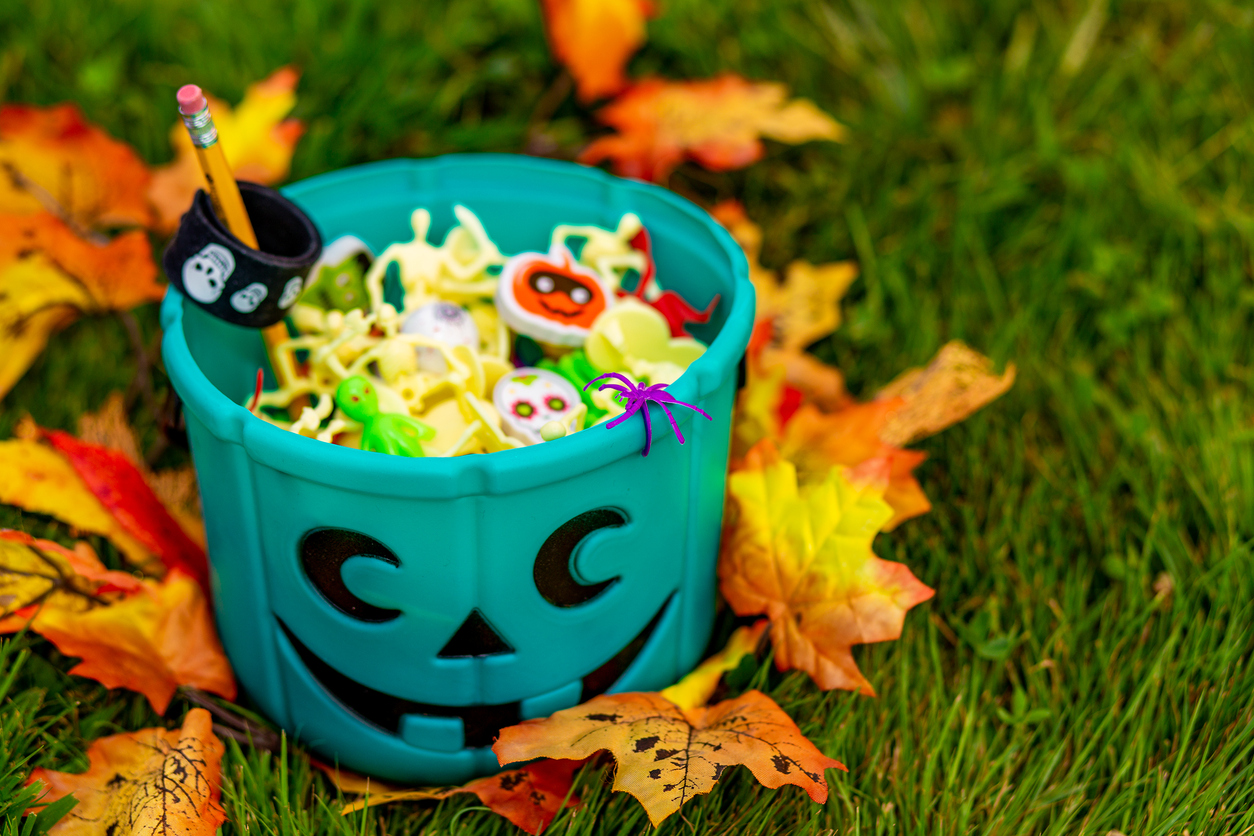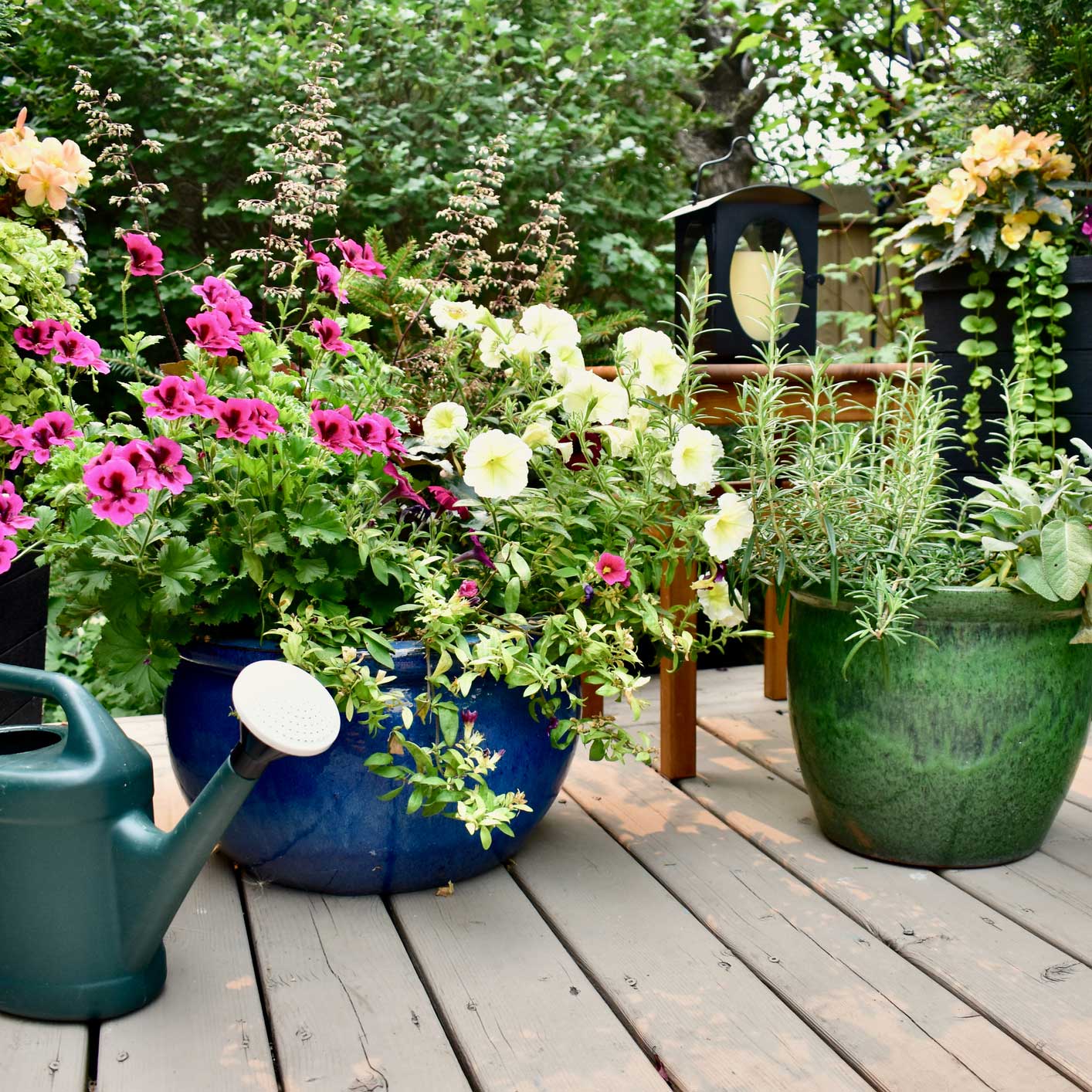Decorating for the spooky season and the build-up to Halloween is something we all look forward to! As a child, you probably remember the best-decorated homes in your neighbourhood that were always the perfect trick-or-treating destination. Here are a few DIY Halloween decorating ideas that will leave your neighbours in awe.
Continue readingPlanning Your Fall Road Trip
The changing leaves of fall are the perfect reason to start planning an amazing road trip in Ontario! We’re so lucky to live in a country that experiences the four seasons and even luckier to live in a province filled with over 300 Provincial Parks to explore in the gorgeous autumn months.
Continue readingCamo
For over 60 years, CAMO has been changing the decking industry by developing new and innovative tools, fasteners and accessories that are easy to use, easy to learn and usable on any deck. Whether you’re a deck builder, professional remodeler, or DIY enthusiast, CAMO has the perfect product for your exterior project!
Continue readingTop 10 campfire snacks
Summer is coming to a close and it won’t be long before the school bells start ringing! Make the most of your remaining time this summer and try out these great camping or backyard bonfire snacks.
Continue readingBest exotic hardwood for your deck
When only natural wood will do for your brand new deck, there’s no better choice than exotic hardwood! Due to their ability to withstand the elements for decades and their beautiful look, exotic hardwood can transform your deck into a luxury outdoor living space.
Continue readingBringing your patio to life with plants
Summer is here and chances are you’re spending a sizable amount of time soaking up the sun in your backyard on the patio! Dressing up your outdoor space with a variety of annual and perennial plants is an easy way to keep the space looking colourful and inviting all season long. When it comes to deciding what to plant, there are a few important things to consider before getting started.
Continue readingSTINGER – Better. Faster. Safer.
STINGER has been developing innovative roofing and sidewall fastening solutions to protect from the harshest elements since 2007.
Continue reading















